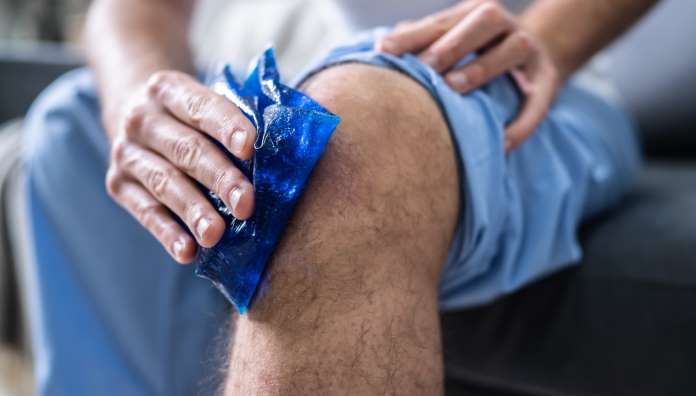How to find out you have osteoarthritis to the knee years before the onset of symptoms? The answer to this question comes from an American study carried out by researchers at Duke Health.
It’s about a blood test to find out if we will be affected by this disease at least 8 years in advance on the classic X-ray test. You can read the results in the scientific journal Science Advances.
How to find out you have osteoarthritis years earlier?
Experts have identified key biomarkers of osteoarthritis in blood samples. The accuracy of this blood test is greater than the diagnostic tools that are usually used. Available tests recognize osteoarthritis only by structural damage to the knee joint and not before there are symptoms.
The test that explained how to find out you have osteoarthritis
The researchers analyzed blood samples from 200 women. Half had been diagnosed with osteoarthritis, half did not have the disease. Comparing different samples, experts have discovered that those who suffered from the disease had specific biomarkers in their blood. These biomarkers were already present up to eight years before the actual diagnosis.
What is this disease? How many Italians does it affect?
Osteoarthritis is a chronic disease that causes damage to cartilage and surrounding tissues. This is the most common form of arthritis: it is estimated that 4,000,000 Italians are affected, approximately 12% of the adult population. The age range of onset is in the decade between forty and fifty. Around the age of 80 it affects practically everyone.
What are the symptoms?
The main symptoms of knee osteoarthritis are:
pain, stiffness, loss of function, swelling.
The perception of symptoms it is stronger when we wake up or if we are inactive. When we start to move the joint after about thirty minutes the manifestations also decrease significantly. Even if there is damage, several patients do not feel symptoms.
What are the therapies?
Generally, some are prescribed phisical exercisesbut also medications to reduce pain and ensure better functionality. Painkillers can be taken orally, or topically, in the form of a gel, one or more times a day. Gel formulations are chosen in elderly people and in those with stomach problems, to avoid the known side effects.
Also there thermal therapy with the application of cold compresses in the acute inflammation phase and hot compresses in the sub-acute phase can provide benefits. It’s important to move, because a prolonged period of rest worsens the situation. In more serious cases, joint replacement may be necessary.
There is therefore no cure, but only drugs capable of alleviating the symptoms. However, we try to reach a diagnosis as early as possible to slow down the progression of the disease, before it can become debilitating.
